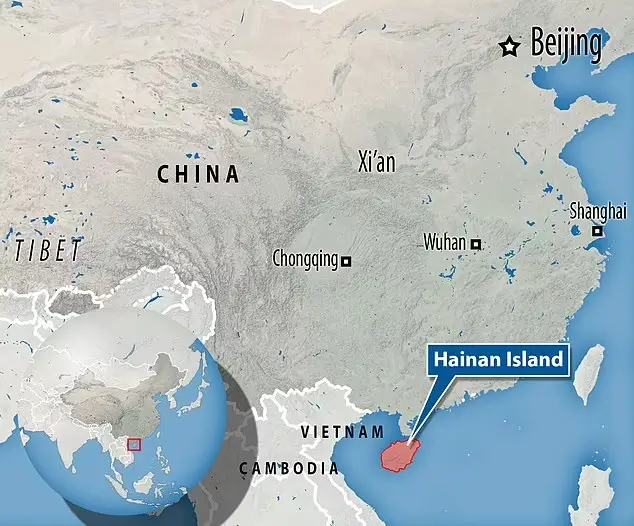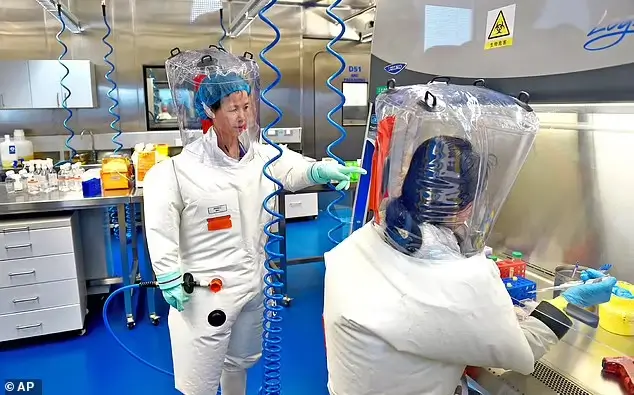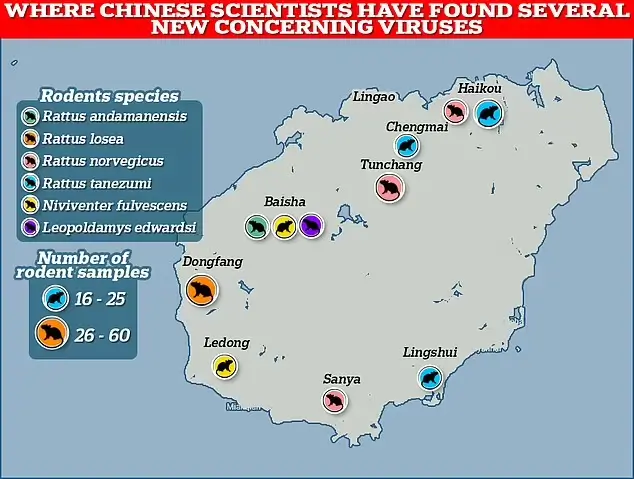Chinese scientists have discovered never-before-seen viruses lurking on a tropical island — and warned they could infect humans.
Researchers tasked with preparing the world for future pandemic took almost 700 samples from rodents living in Hainan, just off China‘s southern coast.
Eight novel viruses — including one belonging to the same family as Covid — were uncovered in the project, funded by the Chinese Government.
Experts said the discovered pathogens had a ‘high probability’ of infecting humans should they ever cross the species barrier.
As a result, they called for further experiments on the viruses to determine exactly what their effects on humans could be.

The findings were shared in the journal Virologica Sinica, the publishing arm of the Chinese Society for Microbiology (CSM).
CSM is linked to the state-affiliated China Association of Science and Technology, which ‘accepts administrative supervision’ from the Chinese Government’s ‘Ministry of Civil Affairs’.
Virologica Sinica is also edited by Dr Shi Zhengli, an influential scientist described as China’s ‘bat woman’ who works inside the Wuhan Institute of Virology – considered to be the source of the Covid pandemic in some corners.
The journal’s editorial board also features over a dozen other academics linked to the WIV.

MailOnline reported earlier this year how the same journal controversially claimed that new virus samples from bats in Hainan proved Covid wasn’t engineered in a lab.
The claim was, however, dismissed by independent experts.
The new study analysed 682 anal and throat swabs collected from various rodents captured on Hainan between 2017 and 2021.
These samples, which were categorised by specific rodent species and location on the island, were then sent for labs to be examined.
Analysis revealed a host of new ‘novel’ viruses, including one new coronavirus that the experts dubbed CoV-HMU-1.
CoV-HMU-1 was found to be a betacoronavirus, a sub-genre of coronaviruses which includes Covid.
The scientists also found several new pathogens in other groups of viruses.
These included two new pestiviruses, which are related to yellow fever and dengue, a new astrovirus, a family of viruses that cause infections like stomach bugs, two new parvoviruses, which can cause flu-like symptoms, and two new papillomaviruses, a family of pathogens that can cause genital warts and cancer in people.
They highlighted the discovery of the new pestiviruses and parvoviruses as being particularly significant as they were found in the Edwards’s long-tailed giant rat and the Sikkim rat species.
Neither were known to previously harbour such types of pathogens.
Hainan, home to about 9million people, is isolated from mainland China.
Other such unknown viruses likely exist in similar parts of the world, the scientists added.

‘The results expand our knowledge of viral classification and host range and suggest there are highly diverse, undiscovered viruses that have evolved independently in their unique wildlife hosts in inaccessible areas,’ they said.
‘If these viruses cross the host barrier, they are highly possible to cause zoonosis.
‘The pathogenicity and associated impact of these novel viruses on humans and animals should be evaluated in further studies.’
Rodents carrying potential pathogens pose a huge threat in terms of zoonosis, the researchers said.
CLICK HERE TO READ MORE FROM THE REPUBLICAN VOICE
This is because they are ‘widely distributed’, ‘diverse in species’, and ‘have a strong reproductive ability’.
As well as that, they migrate in groups and are concentrated in densely populated, humid, and warm places such as central and southern China.
source: dailymail.co.uk/Chinas-discovered-EIGHT-never-seen-viruses-plan-experiment-them























